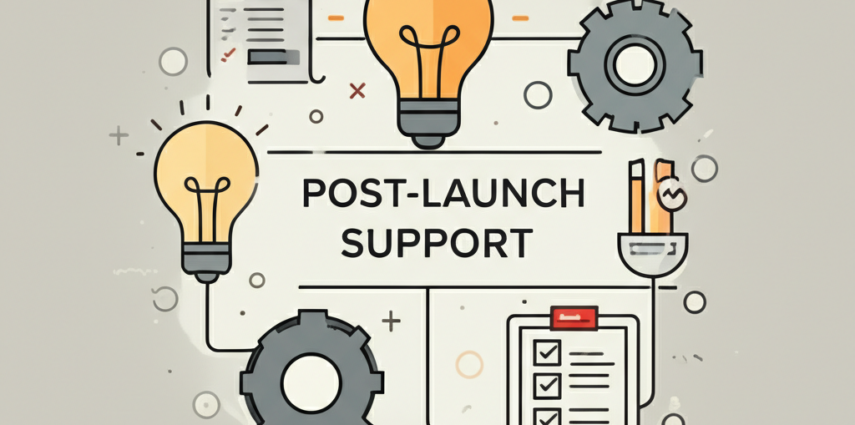Embracing Functional Design: The Future of Innovative Visual Communication
Introduction
In a world where visuals dominate our everyday interactions, the role of functional design in graphic design cannot be overstated. Gone are the days when aesthetics were the sole object of desire in visual communication. Today, the power of functional design lies in its ability to enhance storytelling by seamlessly integrating functionality with form. As we explore the intricacies of modern branding strategies, it’s clear: functional design is not just a trend—it’s an evolution.
Background
Functional design has its roots anchored deeply in the quest for symbiosis between beauty and utility. Historically, graphic design has primarily focused on capturing attention through vivid colors and striking arrangements. Yet, over time, the essence of functional design has seeped into this landscape, revolutionizing how designers think about their creations. By ensuring that each element serves a purpose, functional design has redefined traditional branding strategies. Consider it akin to a Swiss Army knife—compact, efficient, and multi-functional.
This approach has not only influenced the look and feel of graphic design but has etched itself into the core of modern branding. By prioritizing clarity and purpose, brands now communicate their message more effectively without sacrificing creativity. The evolution is noticeable in campaigns where minimalism and impact converge to create memorable brand identities.
Trend
As typography trends continue to morph, one can’t ignore their central role in functional design. Recent creative festivals have displayed groundbreaking approaches that question conventions and push the envelope of traditional design boundaries.
Take, for example, the 2025 identity for the International Assembly. Designed by NAM and Warriors Studio, the usage of stone typography elevates design beyond mere readability (source: Creative Boom). This approach engages creative audiences by challenging existing norms, proving that sometimes bending the rules can achieve what’s truly memorable. The bold choices made in typography trends today herald a shift towards a more functionally innovative future.
Insight
Insights from design experts highlight a dynamic balance between experimentation and readability in functional design. As Florian Karsten aptly notes, sometimes questioning conventions serves a greater purpose than simply following them. This mindset invites designers to rethink their potential by balancing the known with the speculative.
The International Assembly identity stands as a testament to this philosophy. By prioritizing function through experimentation and bold choices, graphic design does not merely inform—it intrigues (source: Creative Boom). The intersection of experimentation and clarity is where we find functional design redefining the future of visual storytelling.
Forecast
As we look towards the future of functional design, the horizon gleams with potential. The implications for graphic design and modern branding strategies are vast, with upcoming trends poised to unsettle the status quo.
Expect to see a continuation of design innovation, where functional design principles foster creativity without compromising clarity. As more brands align themselves with these principles, we can anticipate a wave of graphic design that prioritizes user engagement and brand storytelling through seamless functional integration.
Call to Action
Designers and brands alike—are you prepared to ride the wave of functional design, embracing its principles to propel your work forward? Rethink your approach to graphic design and push beyond the boundaries of traditional tactics. Subscribe to typography trends and engage with innovative design practices regularly. By doing so, you’ll not only stay current but also lead your audience into an era defined by meaningful, functional storytelling.
In conclusion, functional design is not just the future of graphic design; it’s the present. Are you ready to embrace it?



